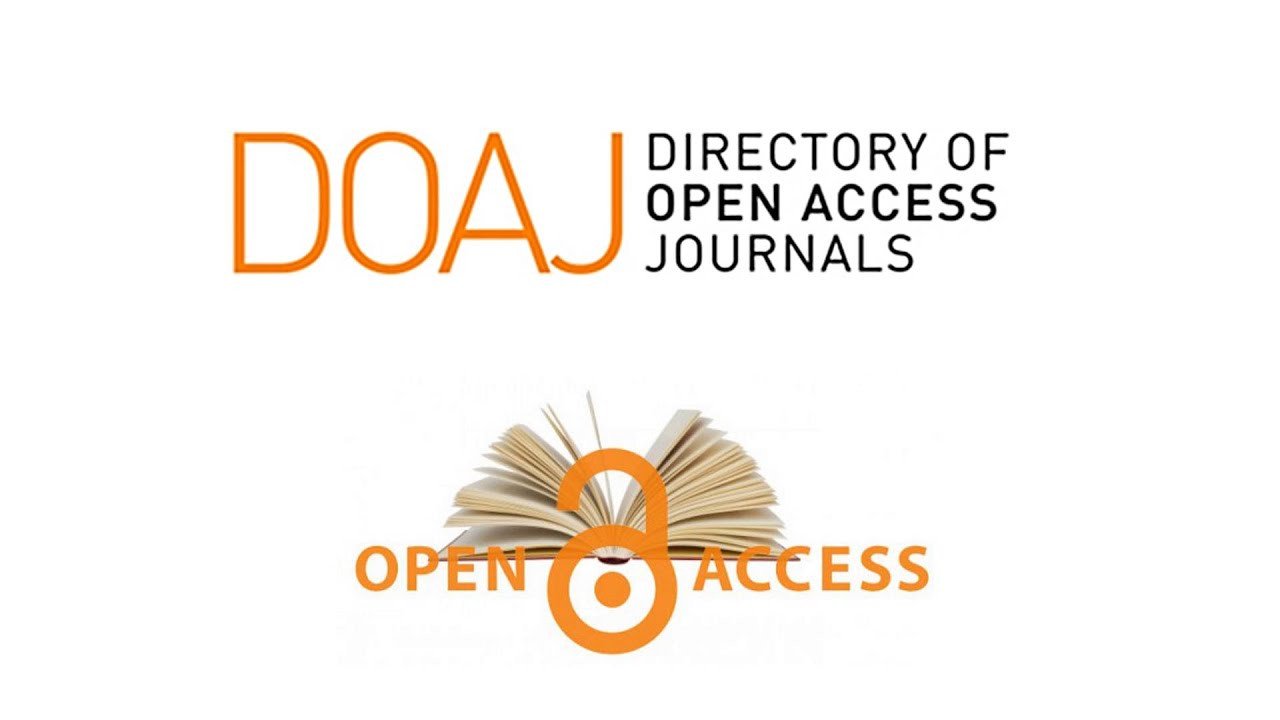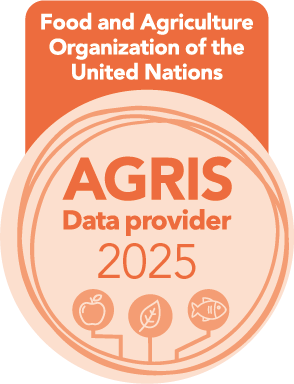The Effect of some stress factors on the genetic stability of the sugar cane Saccharum officinarum L. in vitro
DOI:
https://doi.org/10.58629/ijaq.v21i2.506Keywords:
sugar cane, Tissue culture, gamma rays, EMS, genetic variationAbstract
The current study was conducted in the tissue culture laboratory of the Marine science Center / University of Basrah. In order to increase the salt tolerance of two varieties of sugar cane, namely CO331and CP72-2086, the effect of the overlap between three levels of salinity (0,120 and 150 mmol) was studied with four doses of radiation (0,10,20,30 Gy) using gamma rays, The effect of the pretreatment with Ethyl Methane Sulfonate (EMS) for a period of (2.5 hours) on the salt tolerance of sugarcane callus was studied by cultivating callus treated with this compound in saline media containing the lethal dose (180 mmol) and higher than it (200 mmol). In addition to the control treatment, the results showed The differentiation of the plants from the callus that was exposed to different treatments resulted in plants with genetic variation when compared with the parent plant using the RAPD technique and four random primers. This variation ranged from 52.63% using the OPA-01 primer to 67.85% using the OPH-04 primer in cultivar CO331.While the genetic variation of cultivar CP72-2086 ranged from 29.41% using the primer OPA-01 to 69.23% using the primer OPH-04.
Metrics
References
Al-Aradi, H.; Jasim, A. and Abbas, M. (2020). Micropropagation of sugarcane Saccharum officinarum Plant via Organogensis callus in vitro. Iraqi J. Aqua., Vol. 17(2): 81-91. https://doi.org/10.58629/ijaq.v17i2.73.
Alsaffar, R. (2022). Analysis a number of Quantitative Traits and Genetic Variation of Different Generation of Wheat (Tritecum aestivum) by using RAPD-PCR. Bionatura, 7(3): 1-4. http://dx.doi.org/10.21931/RB/2022.-7.03.27.
Bennici, A.; Anzidei, M. and Vendramin, G. (2004). Genetic stability and uniformity of Foeniculum vulgare Mill. Regenerated plant through organogenesis and somatic embryogenesis. Plant Sci., 166(1): 221-227.
http://dx.doi.org/10.1016/j.plantsci.2003.09.010.
Flowers, T. (2004). Improving Crop salt tolerance. J. Exp. Bot. 55 (396): 307-319.
https://doi.org/10.1093/jxb/erh003.
Geisteira, A.; Otonti, W.; Barros, E. and Moreira, M.(2008). RAPD- Based detection of genomic instability in soybean plants derived form somatic embryogenesis. Plant Breeding, 121(3): 269-271 https://doi.org/10.1046/j.14390523.2002.00708.x.
Greene, E.; Codomo, C. and Taylor, N. (2003). Spectrum of chemically induced mutations from alarge –scale reverse – genetic screen in arabidopsis. Genetics, 164(2): 731-740.
https://doi.org/10.1093/genetics/164.2.731.
Kunert, K. Baaziz, M. and Cullis, C. (2003). Techniques de termination of true to type date palm (Phoenix dactylifera L.) Plants: A literature review. Am. J. Agric. Sci. Vol. 15(1): 1-16.
https://dx.doi.org/10.9755/ejfa.v14i1.5277.
Moghaieb, R.E.A.; Abde-Hadi, A.A. and Ahmed, R. A. (2011). Genetic stability among date plantlets regenerated from petiole explants. Afric. J. Biot., Vol. 10(65): 14311-14318.
https://doi.org/10.5897/AJB11.1713.
Munns, R. and Tester, M. (2008). Mechanism of salinity tolerance. Annu. Rev. Plant Biol., 59: 651-681.
https://doi.org/10.1146/annurev.arplant.59.032607.092911.
Murashige and Skoog (1962). A Revised Medium for Rapid Growth and Bio Assays with Tobacco Tissue Cultures. Plant Physio., 15, 473-497. https://doi.org/10.1111/j.1399-3054.1962.tb08052.x.
Nikam, A.; Devarumath, R.; Ahuja, A.; Babu, H.; Shitole, M. and Suprasanna, B. (2015). Radiation-induced in vitro mutagenesis system for salt tolerance and other agronomic characters in sugarcane (Saccharum officinarum L.), The Crop Journal, 3(1): 46-56. https://doi.org/10.1016/j.cj.2014.09.002.
Patade, V. Y.; Suprasanna, P. and Bapat, V.A. (2008). Gamma irradiation of embryogenic callus cultures and in vitro selection for salt tolerance in sugarcane (Saccharum officiarum). Agri. Scie. in China, Vol. 7(9): 1147-115. https://doi.org/10.1016/S1671-2927(08)60158-3.
Patade, V.Y. and Suprasanna, P. (2009). An in vitro radiation induced mutagenesis selection system for salinity tolerance in sugarcane. Suger Tech. Vol., 11(3): 246-251. https://doi.org/10.1007/s12355-009-0042-4.
Prammanee S. and Pitakpolrat P. (2001). Molecular cloning and sequencing of a unique DNA fragment present in sugarcane somaclonal variants selected for salt tolerance. Proceeding of the 24 th Inter. Soci. Sugar Cane Tech. Congress (ISSCT) in Australia (Brisbane). September 17-21, Pp: 644-645.
Purnamaningsih, R. and Hutami, S. (2016). Increasing Al-Tolerance of Sugarcane Using Ethyl Methane Sulphonate and In Vitro Selection in the Low pH Media, HAYATI J.of Biosciences. 23(1): 1-6. https://doi.org/10.1016/j.hjb.2016.01.006.
Saker, M.; Bekheet, S.; Taha, H.; Fahmy, A. and Moursy,H. (2000). Detection of somaclonal variations in tissue culture derived date palm plants using isoenzyme analysis and RAPD finger prints. Biologia Plantarum, 43: 347-351. https://doi.org/10.1023/A:1026755913034.
Salinas, J. and Sanchez, J. (2004). EMS mutagenesis of Arabidopsis. Methods in molecular Biology, Vol 323: 101-3 Arabidopsis Protocols, Second Edition. https://doi.org/10.1385/1-59745-003-0:101.
Wang, Y.; Wang, F.; Zhai,H. and Liu,Q. (2007). Production of a useful mutant by chronic irradiation in sweetpotato. Scientia-horticulturae, 111(2): 173-178. https://doi.org/10.1016/j.scienta.2006.10.007.
Weigand, F.; Baum, M. and Udupa, S. (1993). DNA molecular marker techniques. Technical manual.No.20. Int.Res. Agric. Research in the Dry Areas (ICARDA), Aleppo, Syria.
Downloads
Published
How to Cite
Issue
Section
License
Copyright (c) 2024 Iraqi Journal of Aquaculture

This work is licensed under a Creative Commons Attribution 4.0 International License.










